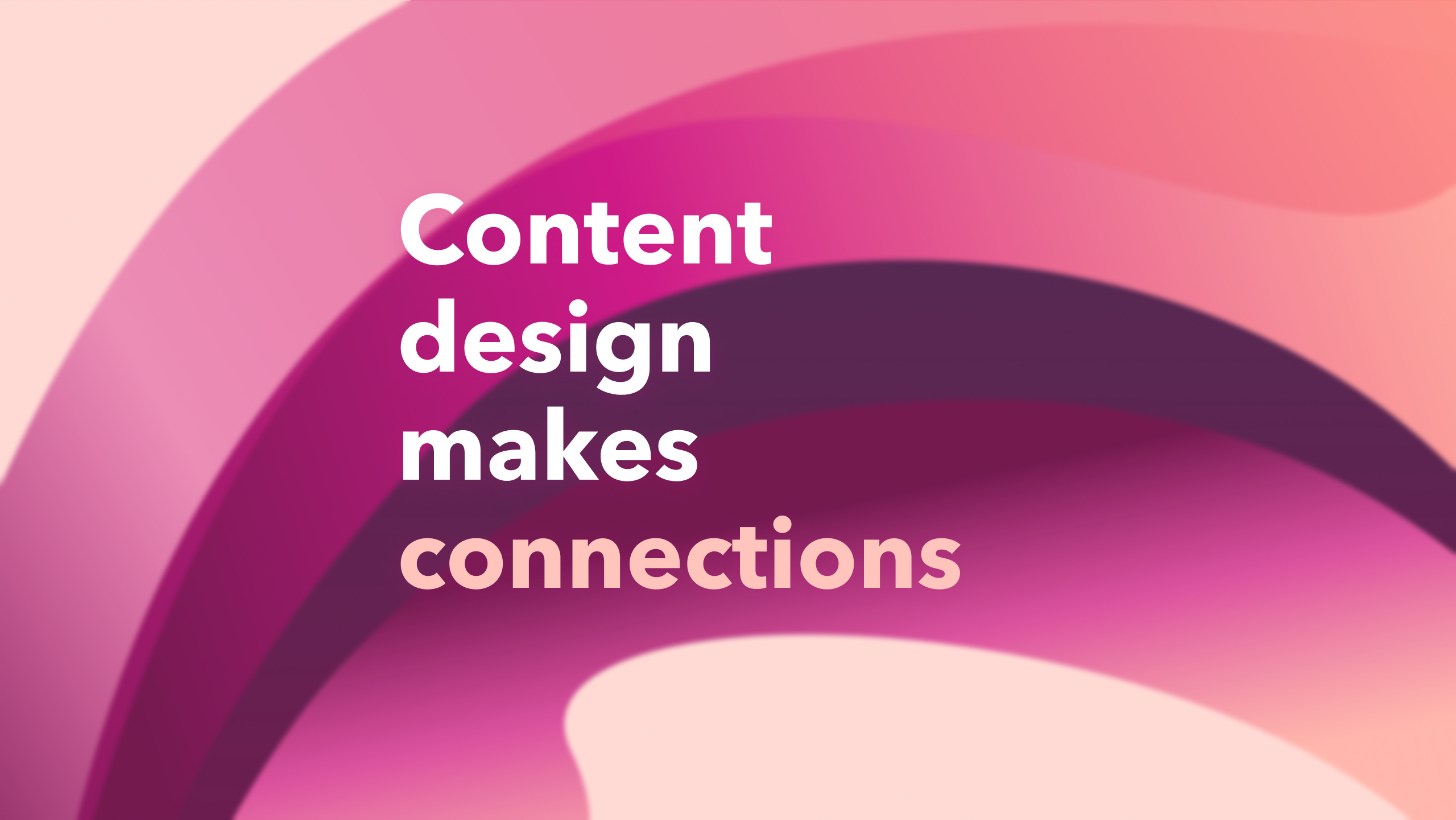Customers trust Intuit when they enter data into our products, and we want them to know that we take security seriously.
Security includes our tools, technologies, and practices that protect customers from unauthorized access. Some examples include encryption, fraud detection, and two-factor authentication.
When do we talk about security? It might come up when:
Examples
- We’re highlighting the benefits of Intuit products
- Customers are creating, signing in to, or managing their account
- Intuit needs to address a specific security issue
Build and maintain trust
It’s important to communicate our dedication to protecting customer data. You can do this by explaining how we approach security and security partnerships. You’ll find more info about our security strategy on Intuit’s security site.
We don’t use fear of fraud and security breaches to sell our products or get customers to do something. Instead, we confidently reassure customers that we’re actively protecting their data.
We noticed you’re signing in from a new location. For your protection, we need to verify your identity.
Oh no, it looks like someone else is trying to sign in to your account! We need to verify that your account is still safe.
Beware of bad actors
Hackers want to get our customers’ data, so we need to be careful about what we reveal about our security practices. Fraudsters may use that information to get around our security measures.
To keep your account secure, we may ask for extra verification to make sure it’s you signing in.
Sometimes we’ll use MFA to ask you for a one-time passcode, but only if you sign in with a password from an IP address you haven’t used before.
Be direct and clear about actions and consequences
When you’re writing about security issues that could have real consequences, customers expect all facts and no fluff. If their account could be at risk, they want to know exactly what’s happening and what to do next.
Your password was changed. If you didn’t make this update, contact us.
Your security is really important to us. That’s why we thought you’d want to know that your password was changed. If you did this, no worries. You can always contact us if you’re concerned.
Focus on the benefits
Sometimes we’re required to use security protocols that customers don’t love, like requiring a phone number to create an account. When talking about a requirement, highlight the benefits and avoid the blame game. Keep it positive, so they know we’re protecting their data and not just enforcing a requirement.
To protect your account, we’ll send a code to this number to quickly verify it’s you.
The IRS requires that we collect your phone number to verify your account.
Use security jargon with caution
Security terminology and acronyms can add confusion to an already complex topic. Make sure you use terms you’re confident customers are familiar with. Not 100% sure? Try user testing or a language audit.
Don’t confuse privacy and security
They’re different things. Privacy refers to the information we have about our customers and how we use it. Security is about the data that’s stored in our products and how we keep it out of the hands of bad actors.
Your Intuit Account securely connects your data across all your Intuit products.
We use multifactor authentication to protect your data from being shared with any 3rd parties.
Work with legal partners
Make sure you have the right framing and disclaimers to go with any representations we make about security. Security shouldn’t be the predominant focus of the message or main reason someone should use our products.
Also, work with your legal partners to confirm that your security-related content is accurate and aligns with our policies.
Do discuss security when it’s something we can prove, and it’s not a promise or a guarantee. For example, ”We take protecting your data seriously.”
Don’t discuss security when it’s not critical to the product experience, or a core value prop of the product. For example, “Get secure tax advice all year long.”
Link to supporting resources when you can
Security concepts can be confusing and overwhelming. Start with a clear overview without overwhelming customers with the details. Then provide links to resources for extra info.
Our research shows that customers appreciate the option to dive deeper into security topics, especially when they’re skeptical or not sure how something works.
Storing your data in your Intuit Account lets us save you time by putting the information you choose to share right at your fingertips.
We store your information here in your account to help us do things like show you insights about your financial situation.

